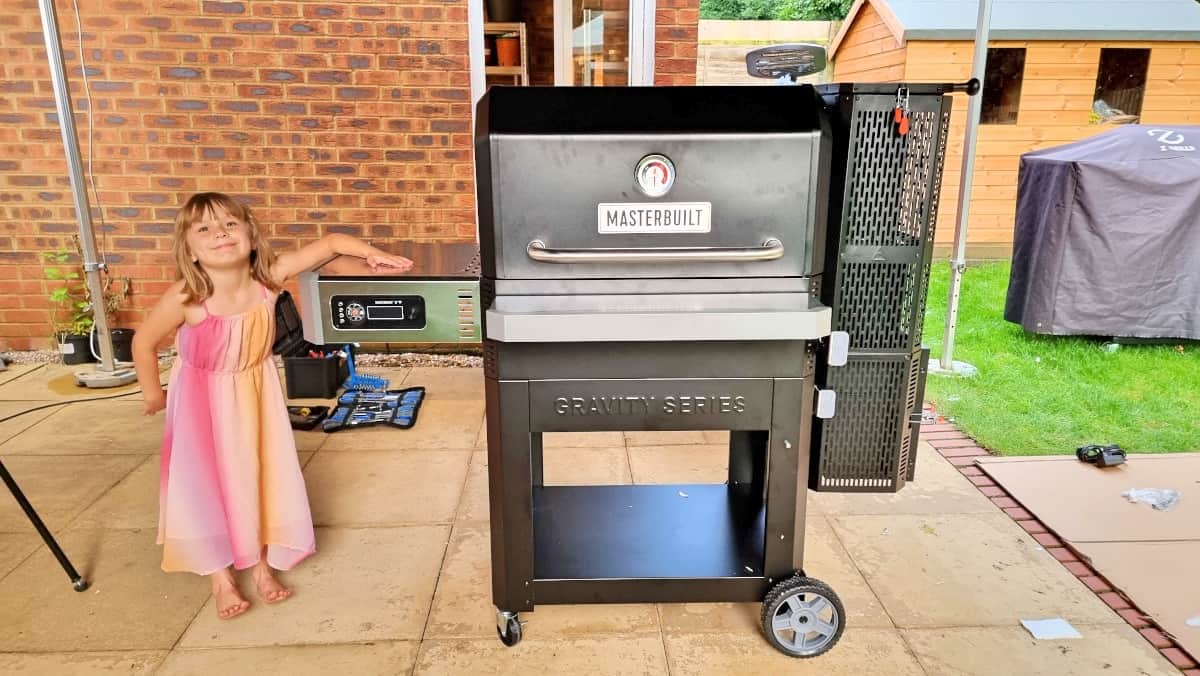A reliable catering service in Singapore should feel calm from setup to teardown. Yet many events struggle with queues, lukewarm dishes, and confused guests. Most issues come from preventable planning gaps rather than the food itself. Treat buffet catering as choreography and you protect temperature, flow, and spend.
1. Locking the Menu Before Understanding the Room
Teams fall in love with dishes before checking space, power points, and access routes. Walk the venue and sketch where lines form, turn, and exit. When layout leads, the menu follows with fewer compromises and a smoother service rhythm for buffet catering.
2. Choosing Delicate Dishes for Long Holding Windows
Foods that wilt or crust quickly collapse under lamps. Prioritise braises, sturdy grains, and roasted vegetables, then add a few bright accents for lift. This protects flavour through speeches and photos without constant tray swaps.
3. Using One Oversized Tray for a Crowd Favourite
A single popular pan creates a bottleneck. Split hits into two smaller trays on mirrored lines. Guests move twice as fast, and staff can refresh in shorter, more frequent drops that preserve texture.
4. Ignoring Power and Cable Paths
Live stations and warmers fail without reliable power. Map sockets and amperage, then plan cable runs away from guest walkways. If capacity is limited, scale the plan to formats that hold well without heavy electrical draw.
5. Labelling as an Afterthought
Hesitation at the line slows everything. Place clear labels with dish names and allergen icons at eye level. Include a simple printed legend at the start so guests can make confident choices without repeated questions.
6. Ordering to a Single Headcount
Crowds arrive in waves, not in one block. Segment quantities for early arrivals, peak flow, and late joiners. This keeps the table looking abundant while cutting down on leftovers and protecting the temperature.
7. Skipping a Realistic Hold Test
Taste like it’s show day. Clock texture and aroma at minute 0, 15, and 30. Adjust portion tools and replenishment cadence based on what you observe. A short rehearsal turns guesswork into a reliable schedule for catering service in Singapore.
8. Forgetting the Back-of-House Micro Zone
Teams need a place to stage hot boxes, spare trays, and a tidy waste point. Reserve a nearby surface and stock spill kits, gloves, and wipes. Quick access keeps staff calm and the front line presentable.
9. Leaving Beverage Flow to Chance
Unplanned drinks create jams near the buffet. Position water and soft drinks after the food so hands stay free early in the line. Add a second drinks point near seating to reduce return traffic.
10. Weak Communication and No Named Supervisor
Great plans fail without clear roles. Assign a supervisor with authority to tweak quantities, call substitutions, and redeploy staff when queues grow. Share a one-page run sheet with contacts, timings, and layout so facilities, reception, and the caterer act as one team.
Conclusion
Buffet success depends on choreography, not luck. When you study the room first, fragile items stay off long holds and crowd favourites get mirrored trays that cut waiting. Clear labels speed decisions, and segmented quantities protect both temperature and budget. A small staging zone gives crews the tools to work neatly, while a realistic hold test aligns replenishment with appetite waves. With a named supervisor and a simple run sheet, the plan survives traffic, speeches, and weather. Use these habits every time you book buffet catering, and your guests will remember an efficient service that tasted as good as it looked.
Ready to shape a smooth, well-timed buffet that fits your venue and programme? Contact Elsie’s Kitchen for a proposal aligned to your guest flow, menu goals, and schedule.





